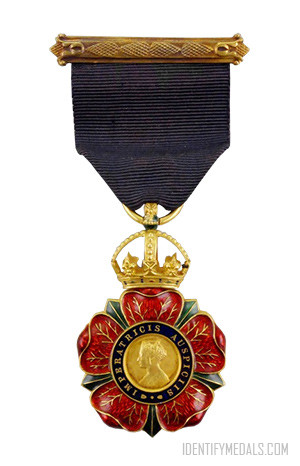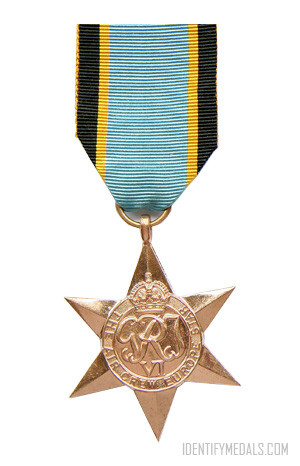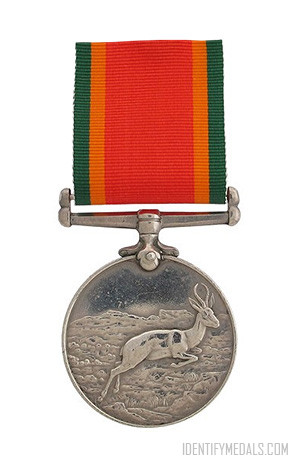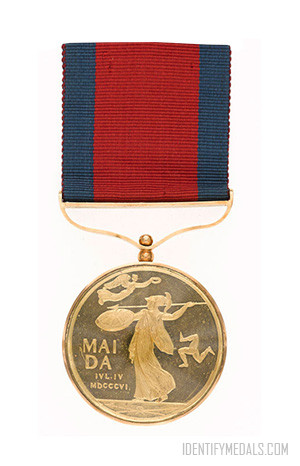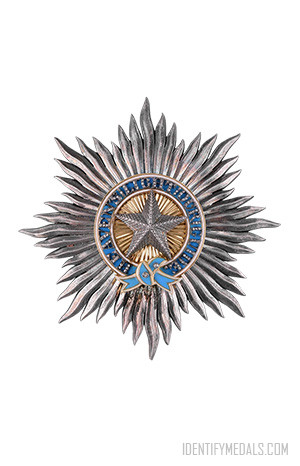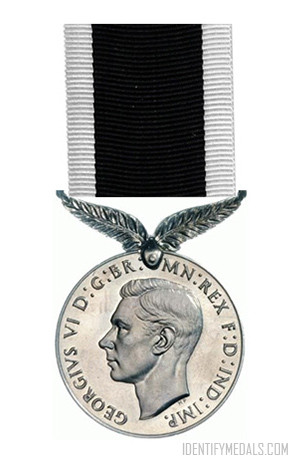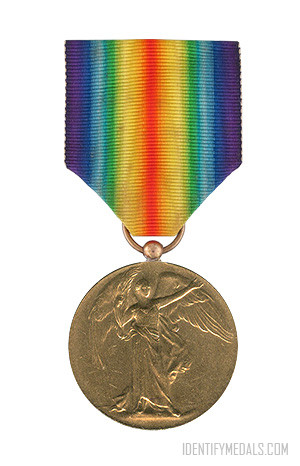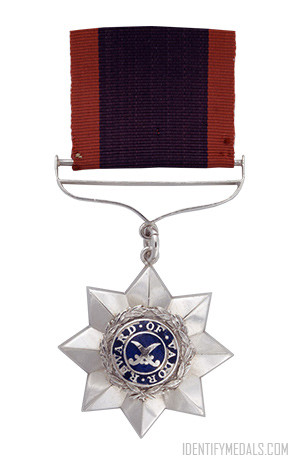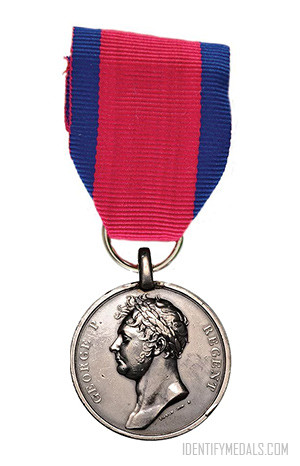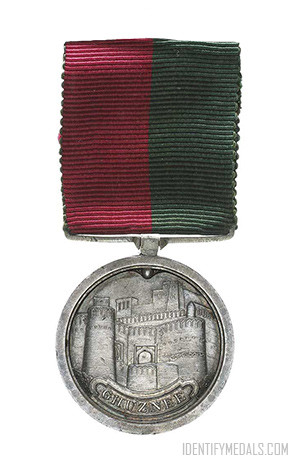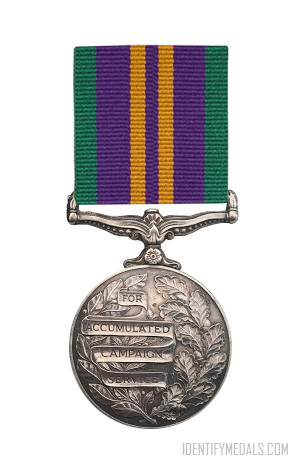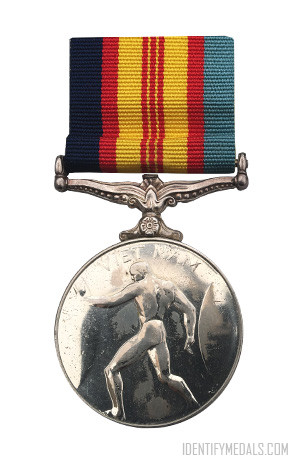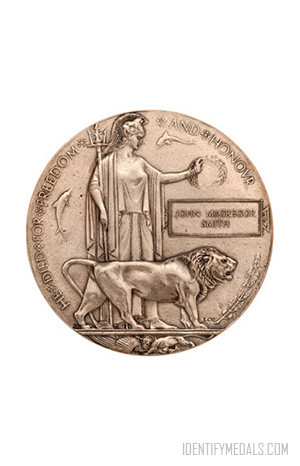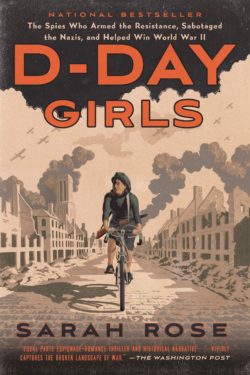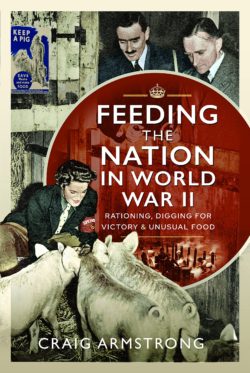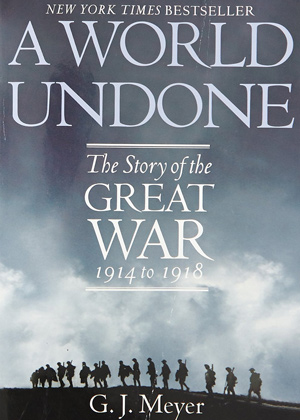- Time Period: Pre-WW1
- Year of Institution: 1878
- Country: Great Britain
The Most Eminent Order of the Indian Empire is an order of chivalry founded by Queen Victoria in 1878. The motto of the Order is Imperatricis auspiciis, (Latin for “Under the auspices of the Empress“), a reference to Queen Victoria, the first Empress of India. The Order is the junior British order of chivalry associated with the British Indian Empire; the senior one is The Most Exalted Order of the Star of India.
The British founded the Order in 1878 to reward British and native officials who served in India. The Order originally had only one class (Companion), but expanded to comprise two classes in 1887. On 15 February 1887, the Order of the Indian Empire formally became “The Most Eminent Order of the Indian Empire” and was divided into two classes: Knights Commander and Companions, with the following first Knights Commander.
The British Sovereign serves as the Sovereign of the Order. The Grand Master held the next-most senior rank; the position was held, ex officio, by the Viceroy of India. Members of the first class were known as “Knights Grand Commanders” rather than “Knights Grand Cross” so as not to offend the non-Christian Indians appointed to the Order.
No appointments have been made since 1947, the year that India and Pakistan became independent from the British Raj. With the death of the last surviving knight, the Maharaja of Dhrangadhra, the order became dormant in 2010.
The Order of the Indian Empire Design
Members of the Order wore elaborate costumes on important ceremonial occasions:
- The mantle, worn only by Knights Grand Commanders, comprised dark blue satin lined with white silk. On the left side was a representation of the star (see photo at right).
- The collar, also worn only by Knights Grand Commanders, was made of gold. It was composed of alternating golden elephants, Indian roses and peacocks.
At less important occasions, simpler insignia were used:
- The star, worn only by Knights Grand Commanders and Knights Commanders, had ten points, including rays of gold and silver for Knights Grand Commanders, and of plain silver for Knights Commanders. In the center was an image of Victoria surrounded by a dark blue ring with the motto and surmounted by a crown.
- The badge was worn by Knights Grand Commanders on a dark blue riband, or sash, passing from the right shoulder to the left hip, and by Knights Commanders and Companions from a dark blue ribbon around the neck. It included a five-petaled crown-surmounted red flower, with the image of Victoria surrounded by a dark blue ring with the motto at the center.
The insignia of most other British chivalry orders incorporates a cross: the Order of the Indian Empire does not in deference to India’s non-Christian tradition.

